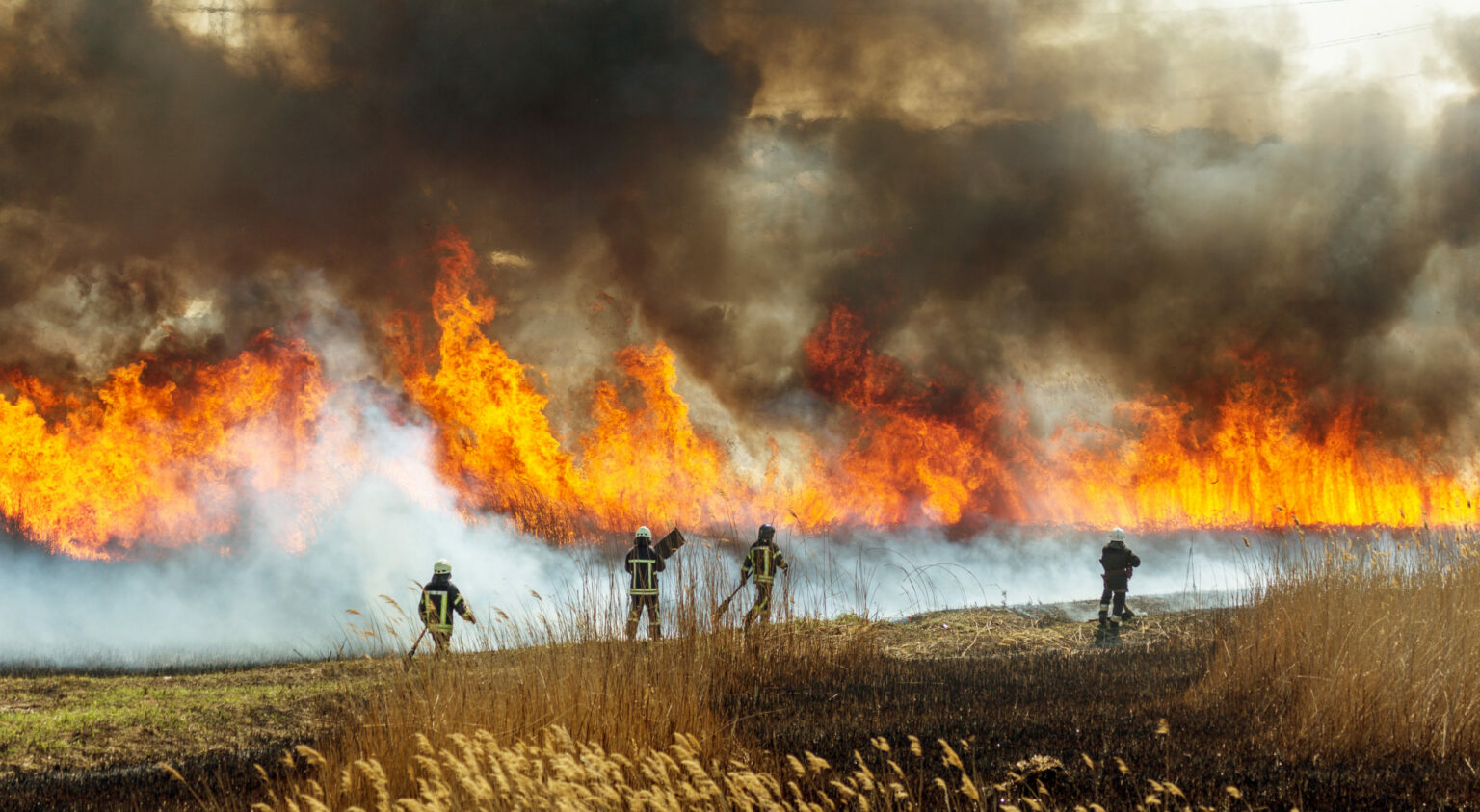NFPA released wildfire policy report
- September 12, 2022
- 6:45 am


Iain Hoey
Share this content
The National Fire Protection Association (NFPA) has released a new report, “Policy Recommendations to Reduce Home and Community Loss from Wildfire: Report on Outthink Wildfire™ Summit,” which summarises the next steps that dozens, agreed upon by dozens of experts, that will help overcome the challenges the nation faces in ending wildfire disasters.
The report notes outcomes from a recent policy summit hosted by NFPA in Sacramento, CA, which brought together more than 50 representatives (see full list below) who collaboratively worked to identify the most critically important areas needing national focus in light of ever-increasing wildfire losses.
The summit was identified as a need within Outthink Wildfire, a comprehensive NFPA strategy for supporting policy-based initiatives that, over time, significantly reduce wildfire risk to communities.
The key areas identified by summit participants included education; social and cultural challenges; funding gaps; skilled workforce needs; silos in planning, codes, and standards; and additional research and data to inform risk understanding and codes.
The report provides a set of recommended goals and strategies for each of these areas. In addition, it outlines efforts NFPA will pursue in the short term, along with plans for working collaboratively with fellow stakeholders and audiences.
Michele Steinberg, wildfire division director at NFPA, said: “While the measures needed to substantively lower the risk of structure ignition in wildfire-prone areas are well established, the challenge is to apply those proven methods in communities more widely and consistently.
“By bringing together leaders in the field at the Outthink Wildfire summit, we were able to create a roadmap for achieving our overarching goal of more systematically reaching and impacting regions at risk to wildfire.”
Summit outcomes included agreement on starting points to improve alignment of policies and programs and to implement new initiatives to help increase the pace and scale of home retrofits and other mitigation measures, ultimately improving community-wide resiliency to wildfire.
The report states: “With a growing body of research now demonstrating successful wildfire mitigation strategies for homes, it is imperative that this knowledge be put into practice. To generate a community-wide reduction in the vulnerability of the built environment to wildfires, mitigation must be applied at the individual structure and parcel level, and to adjacent properties as well.”
To review the full report, visit www.nfpa.org/outthinkwildfire



